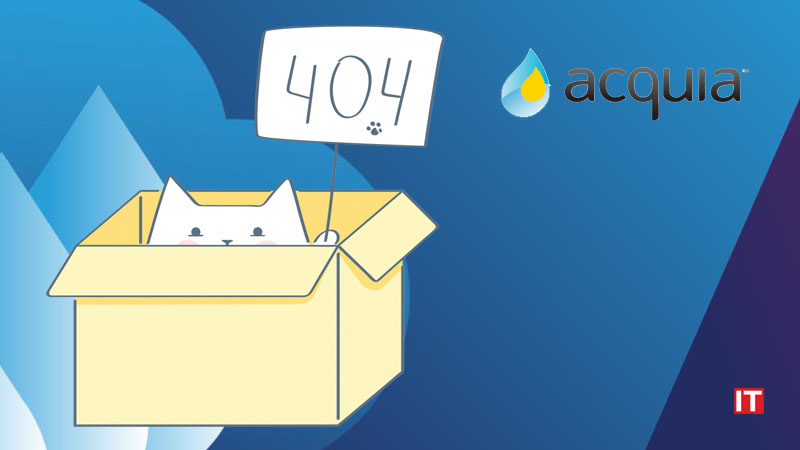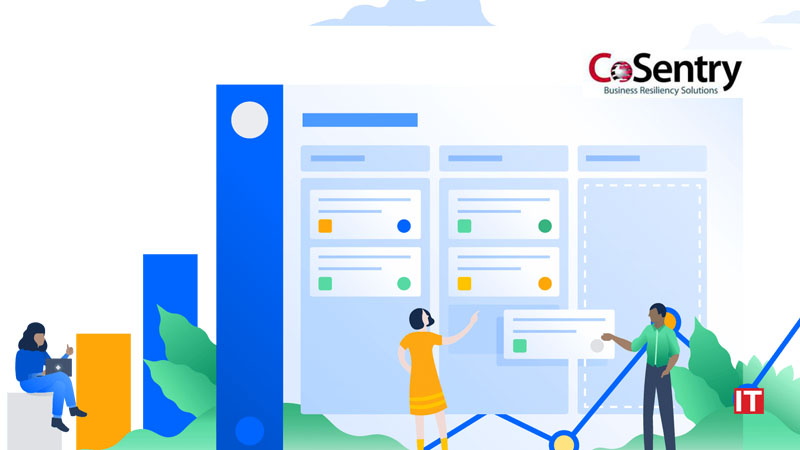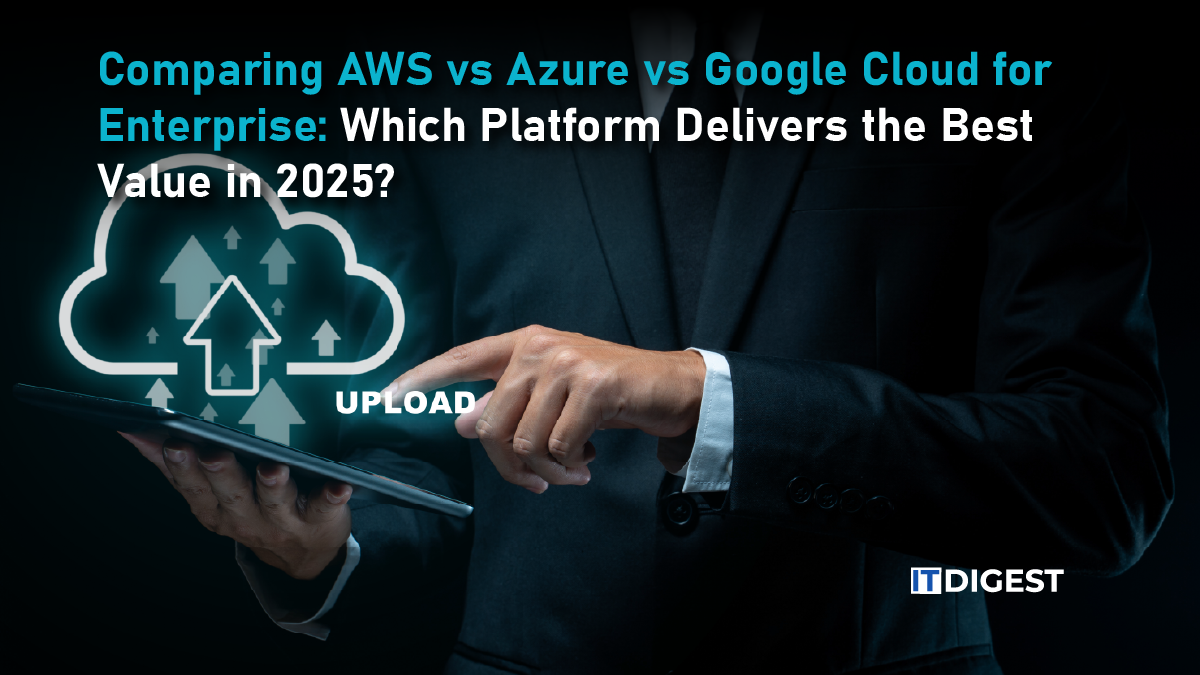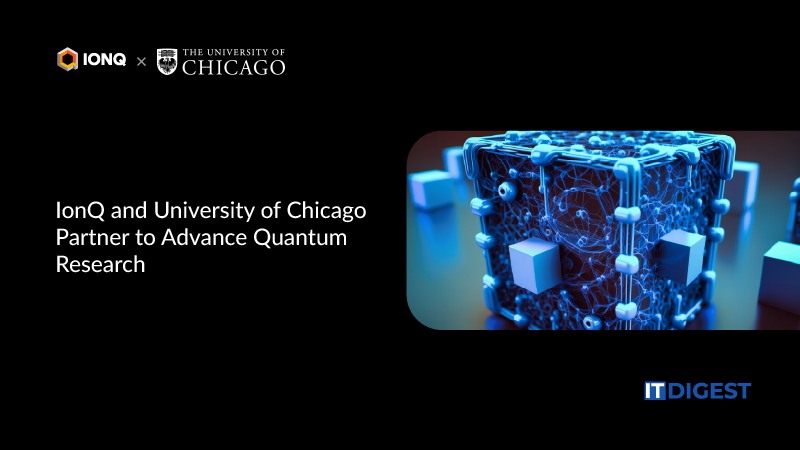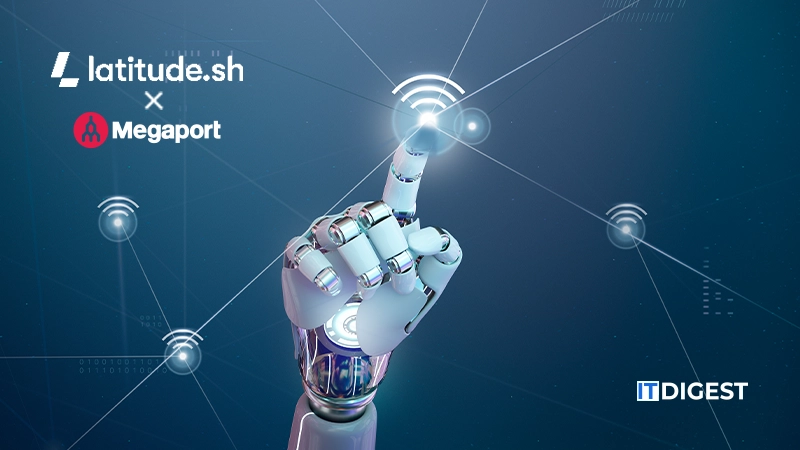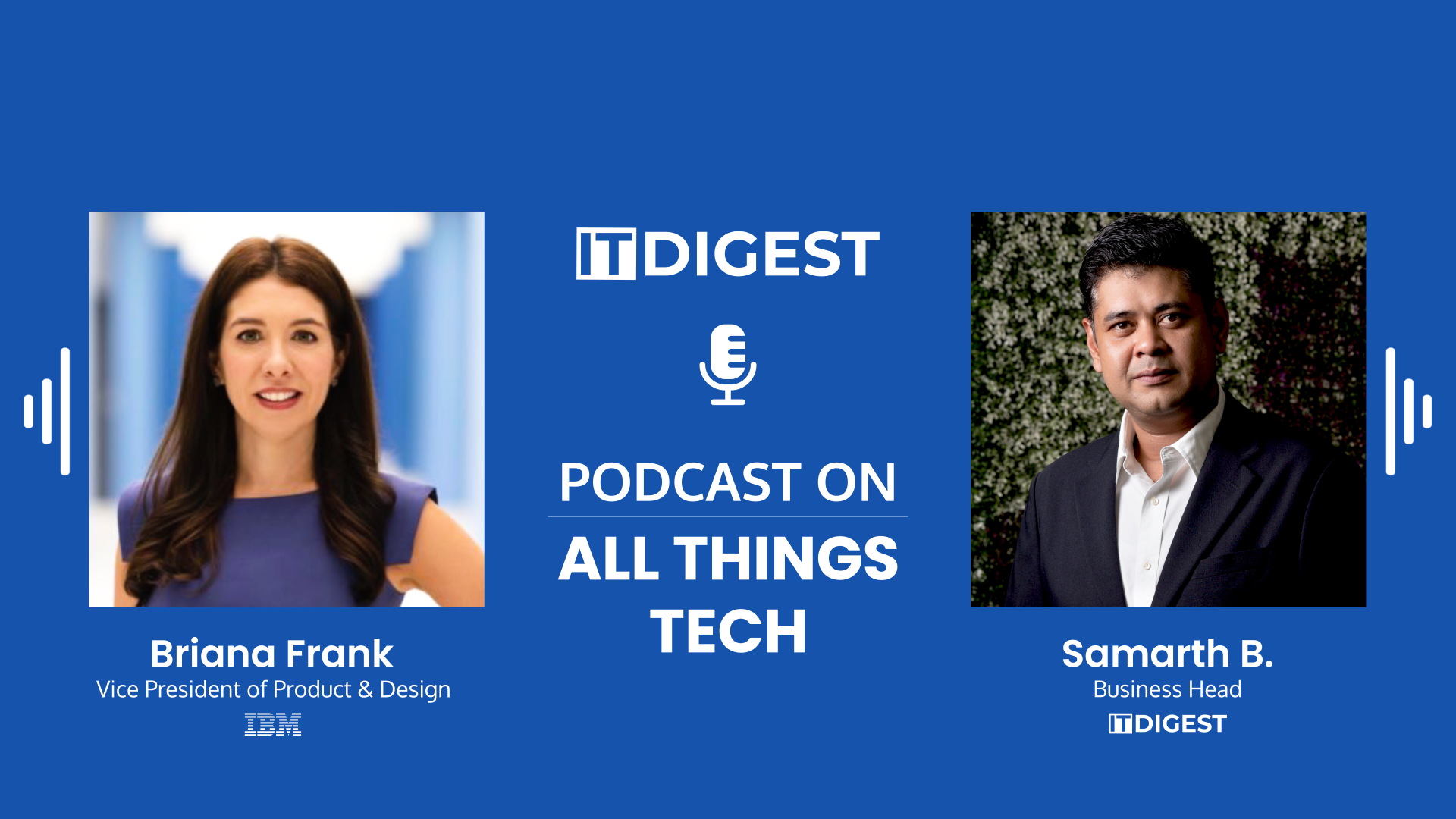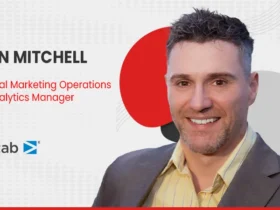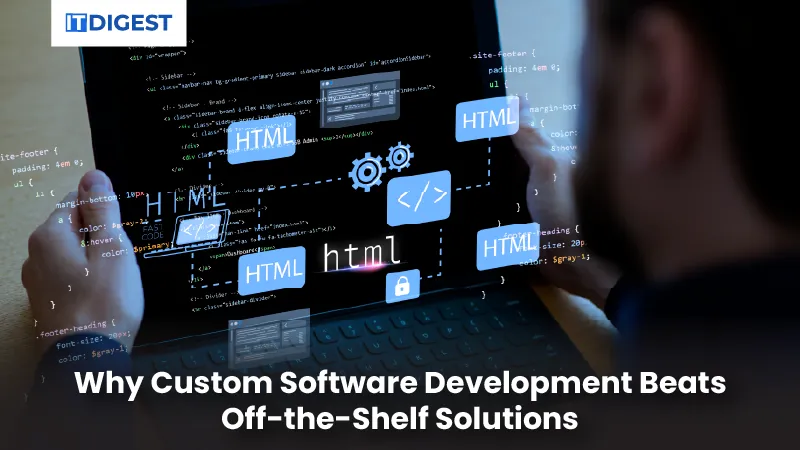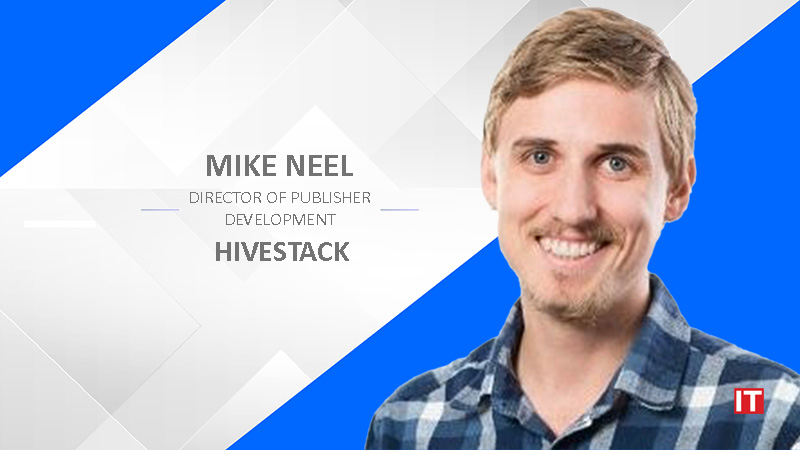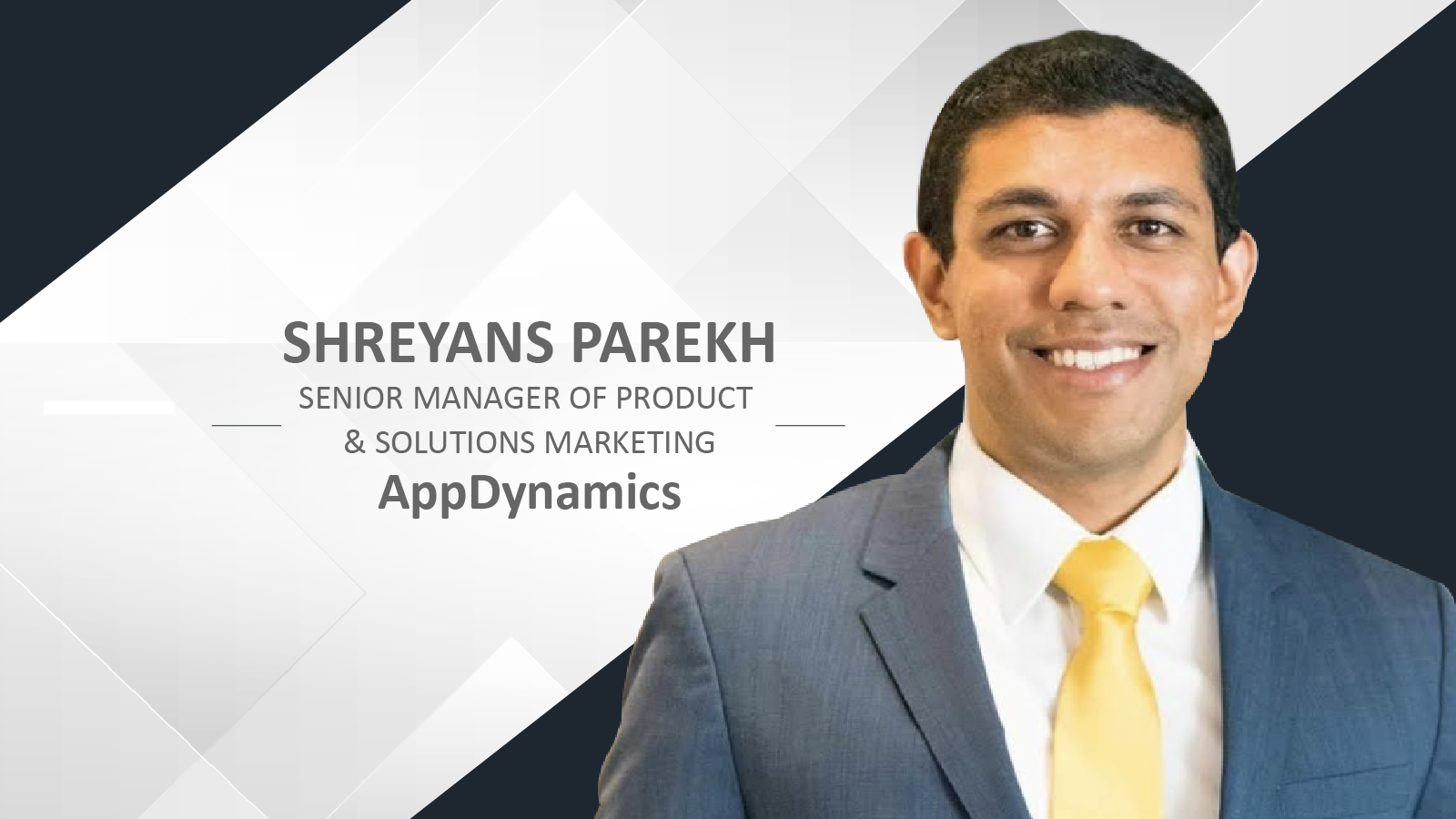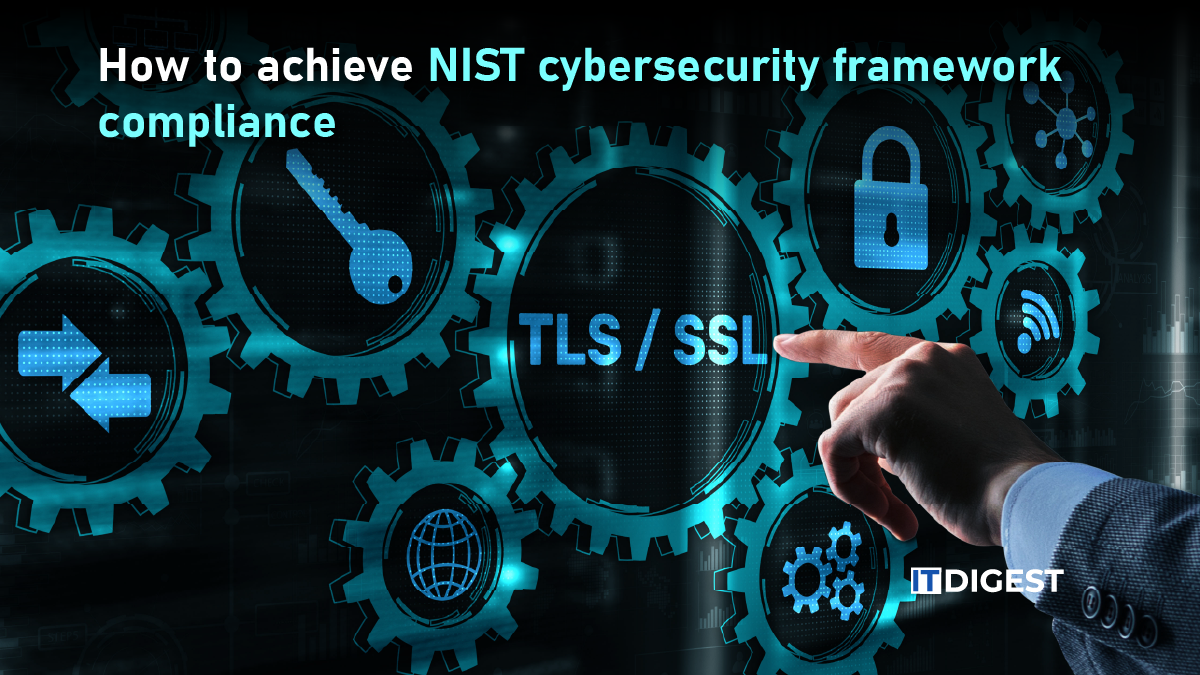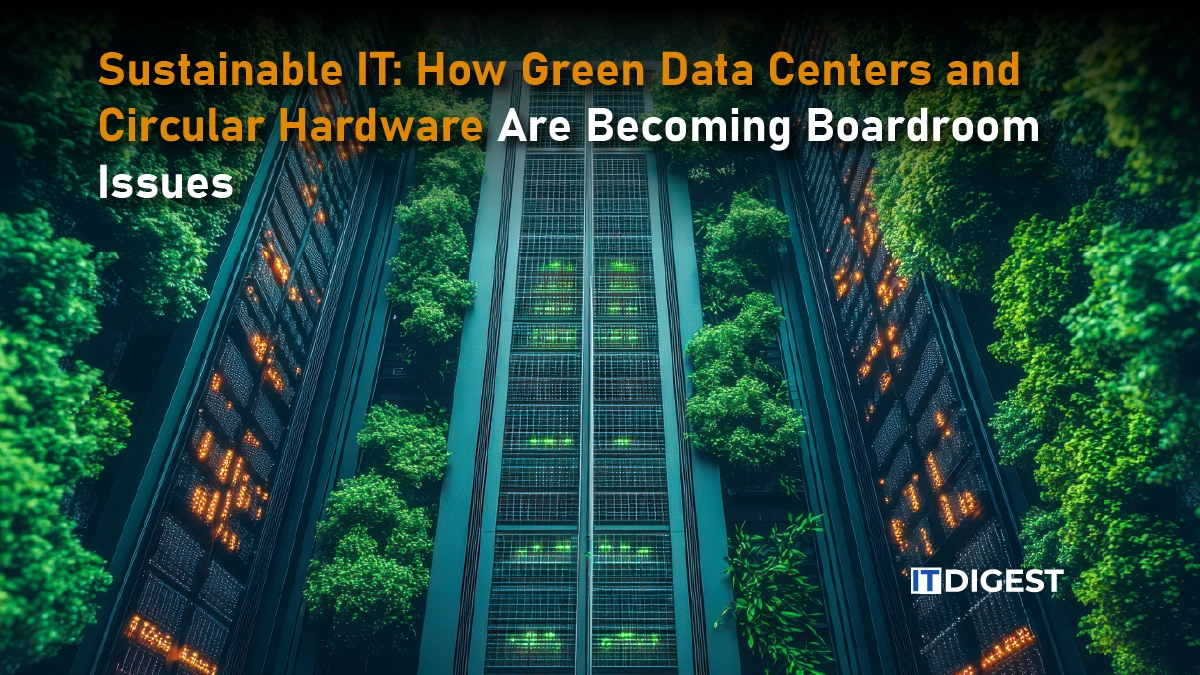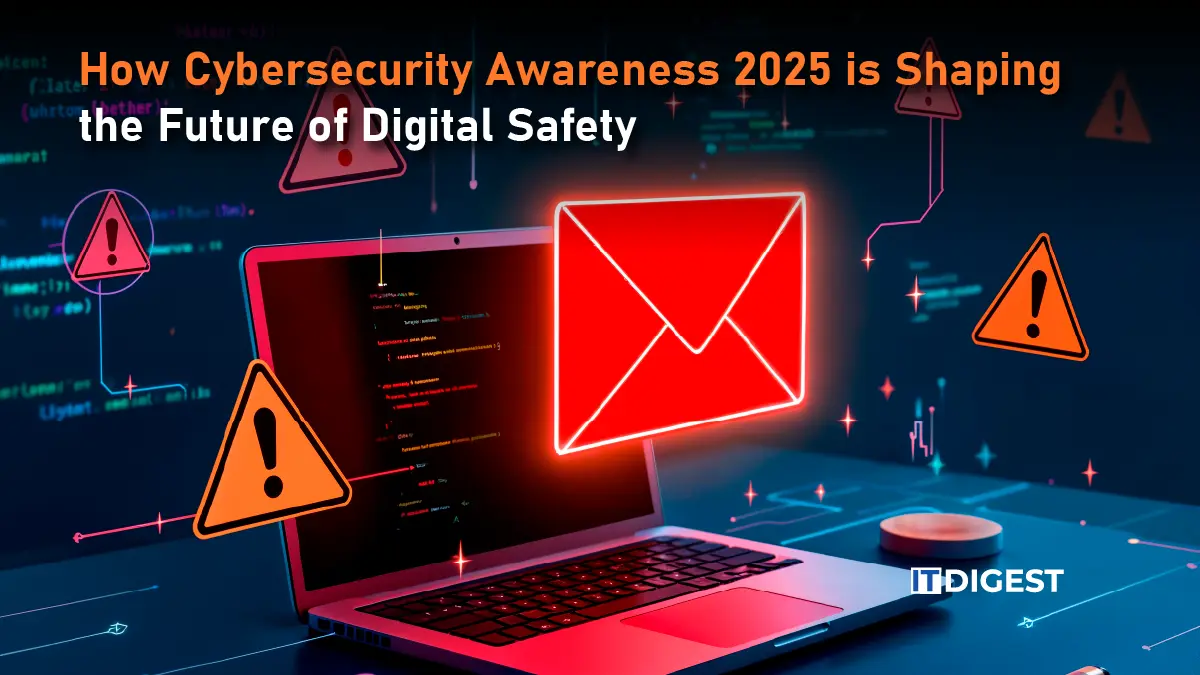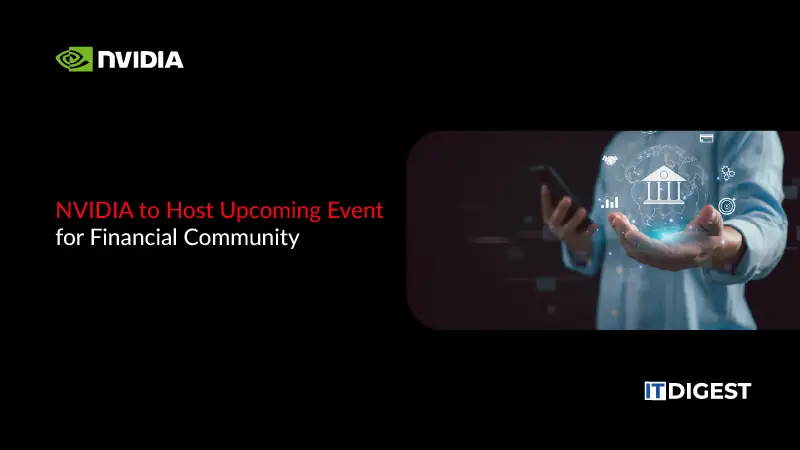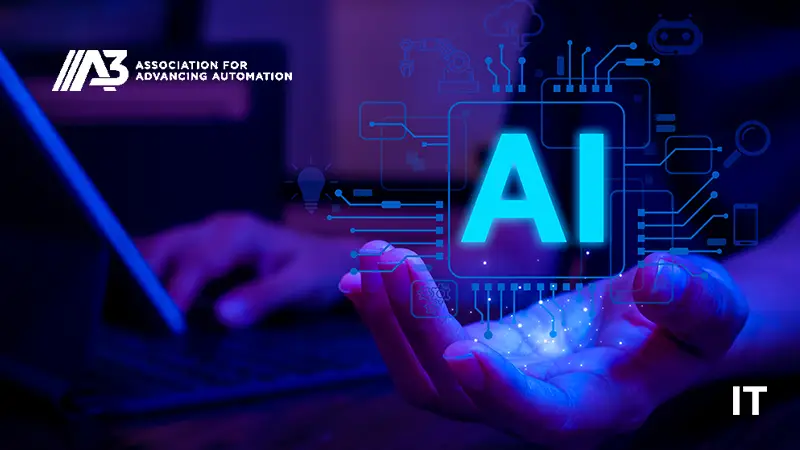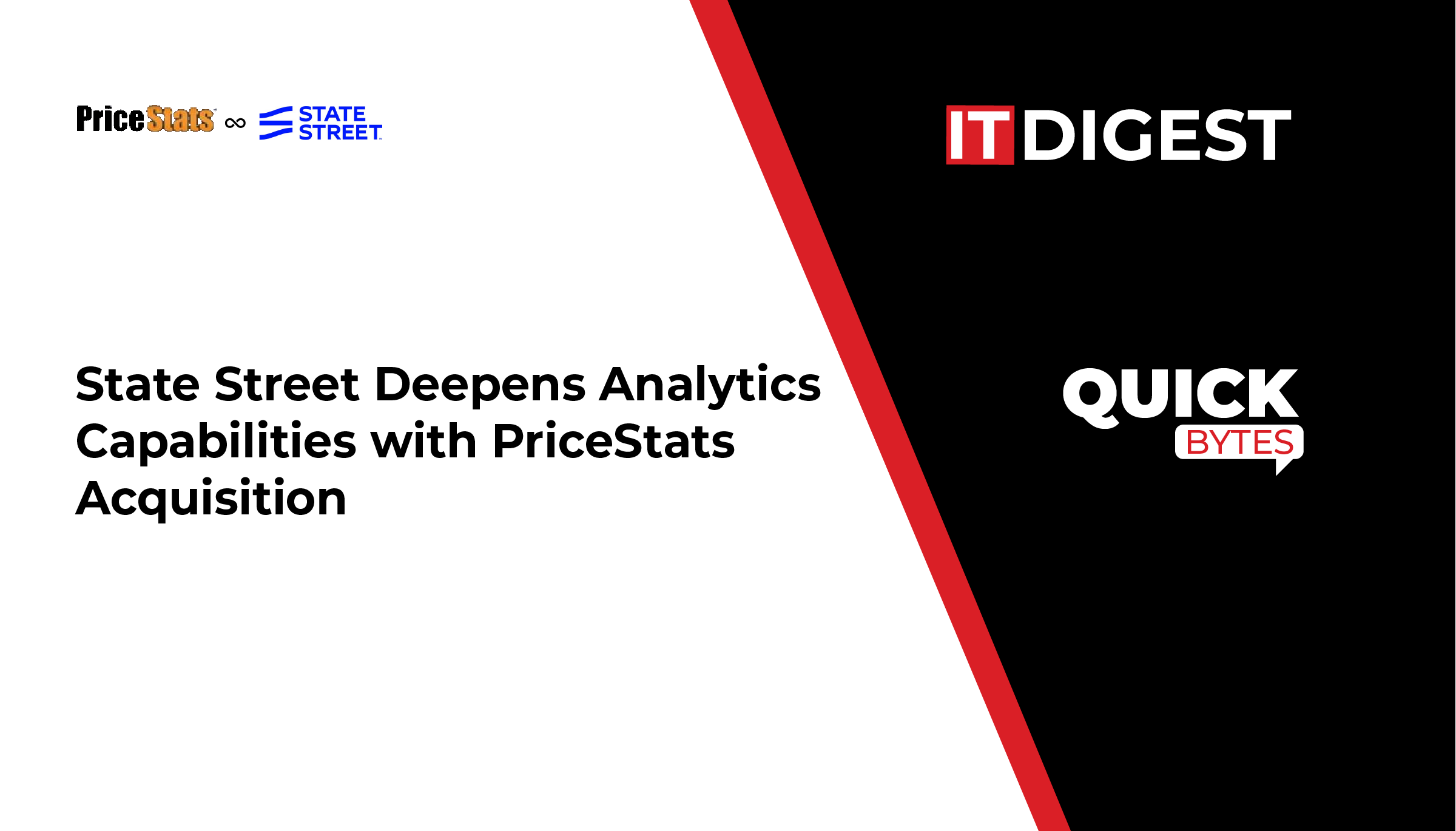TeamViewer announced at the Gartner IT Symposium in Barcelona the launch of its new “Agentless Access” feature within its enterprise platform, TeamViewer Tensor. This capability is specifically engineered for industrial and operational-technology (OT) environments: it allows manufacturers and machine builders (OEMs) to carry out remote work on machines and other OT systems without installing software agents on each device.
According to TeamViewer’s release, Agentless Access brings centralized management and simplified configuration of OT endpoints HMIs, legacy systems, closed devices eliminating the need for on-device software installation. The move addresses two key operational concerns: enhancing cybersecurity/compliance in connected production plants, and reducing the complexity for both IT and OT teams.
As factories and production environments modernize and become increasingly connected thus more exposed to cyberattacks TeamViewer positions this feature as a way to deliver “zero‐trust remote access across segmented networks”, with granular access controls, protocol isolation, full audit logging, and unified governance between IT and OT. Caroline Hempfing, Director of Product Management at TeamViewer, is quoted saying: “IT and OT have different goals, but they share the same challenge: keeping operations secure and running. Agentless Access bridges that gap.” TeamViewer says that clients such as Schwäbische Werkzeugmaschinen GmbH already use Tensor for remote PLC programming on the shop floor.
Implications for the Enterprise Software Industry
For companies tracking enterprise software trends especially in the B2B, industrial, OT/IT convergence, and cybersecurity segments this announcement is meaningful on several levels.
1. Blurring of IT and OT software boundaries
Traditionally, enterprise software has had fairly distinct domains: IT-oriented applications (ERP, CRM, office productivity, remote access) versus OT systems (PLCs, SCADA, HMIs) often run on closed networks with dedicated tools. The Agentless Access feature shows a big shift. Remote-access software for enterprises is now being designed for industrial and OT use cases. This convergence offers a chance and a challenge for software vendors. They can expand into the industrial domain and create new revenue streams. This also shows a need for skills in OT, compliance, safety, regulations, and real-time limits.
2. Demand for “agentless” and low-touch deployment
In enterprise software overall, there’s strong momentum for solutions that minimise installation, reduce agent complexity, and simplify lifecycle management. Agentless access fits that trend. For industrial customers, especially with legacy equipment or devices that cannot easily host additional software, the agentless model is compelling. For enterprise software vendors, supporting agentless access in regulated, mission-critical environments becomes a differentiator. This could influence the broader market: more vendors will likely build agentless or lightweight-footprint remote/management modules, turning remote-operations and access into a standard part of enterprise software suites.
3. Elevated focus on cybersecurity & governance in remote operations
As the world of enterprise software has matured, governance, auditability, and security controls have become table-stakes. In industrial environments the stakes are higher: downtime, safety, regulatory compliance, IP protection. TeamViewer’s positioning of Agentless Access as a “zero-trust remote access” solution with granular controls and full logging mirrors what enterprise software buyers expect nowadays. This move underscores a broader shift in the enterprise software industry: remote-operations features aren’t simply convenience tools they must carry enterprise-grade security, compliance and manageability. Vendors who do not embed these will increasingly face resistance.
4. Platformization of remote and hybrid work tools into industrial settings
TeamViewer’s statement that Tensor now is “fully optimized” for OT and industrial remote operations shows that enterprise software platforms are increasingly hybrid: supporting desk-based, frontline, industrial and remote‐asset workflows. For software firms, this means directionally moving toward cross-domain platforms – where remote access, device management, augmented reality (AR) support, field service, machine connectivity and IT/OT converge. The enterprise software industry is thus evolving from separate suites (office productivity, field service, OT remote) into unified, hybrid digital-workplace platforms that serve varied workflows. This announcement exemplifies that trajectory.
Also Read: FIS introduces its Asset Servicing Management Suite to streamline operational efficiency
What are the Effects on Businesses Operating in This Industry
Manufacturers, OEMs, and other industrial organisations stand to gain or face new expectations from this sort of innovation. Here’s what to watch:
Reduced operational complexity & downtime
For manufacturers, the ability to connect remotely to machines, HMIs or PLCs without installing software per device means faster troubleshooting, fewer disruptions, and less dependency on on-site staff or engineers. Especially in global supply-chains, remote access is now essential. By reducing agent-installation and on-device change requirements (which often incur downtime risk), businesses can accelerate maintenance and reduce mean time to repair (MTTR). That translates into direct cost savings and improved uptime.
Stronger security posture in remote/connected operations
As industrial operations become more connected (IIoT, smart factories, cloud-based monitoring), the attack surface grows. Remote access is a known risk vector. By adopting solutions with zero-trust principles, protocol isolation, audit logging and central governance (as TeamViewer offers), businesses can strengthen their cybersecurity posture. This helps reduce regulatory risk (especially in safety-critical or regulated industries) and can protect reputation, insurance costs, and business continuity.
Vendor and service-partner expectations change
OEMs and machine-builders supplying equipment will increasingly need to support remote servicing and operations. With tools like Agentless Access, the expectation becomes that remote servicing is simple, secure, agentless and centrally managed. For software vendors, this means integrating with OEM service workflows; for legacy manufacturers, it means upgrading remote-access capabilities. In short – businesses may need to invest in new remote-access infrastructure, train OT/IT teams on hybrid paradigms, and recalibrate service models (for example offering remote‐as-a-service, or remote-monitoring packages).
Competitive differentiation & customer value proposition
For industrial-software companies and machine OEMs, being able to say “we support true agentless, zero-trust remote operations” becomes a differentiator. As digital services, remote maintenance and uptime guarantees become more central to value propositions, businesses that offer advanced remote-operations capability gain an edge. On the flip side, businesses who lag may face pressure customers will expect remote capabilities as part of the package.
Wider ecosystem implications
Given this shift, enterprises might reconsider how remote-access and management tools integrate with broader systems: enterprise asset management (EAM), field-service management (FSM), digital twin platforms, predictive maintenance, SCADA/IIoT platforms. The ability to layer remote access into these domains without heavy agent-deployment simplifies integration. And that means business-software providers (EAM, IIoT, FSM) will need to partner or build such agentless connectivity into their offerings. The enterprise-software ecosystem thus moves toward more open, seamless, remote-first architectures.
Considerations & Outlook
While this announcement is promising, businesses and software firms should keep in mind:
• Legacy equipment challenges: Even with agentless access, integration with very old or proprietary OT devices may require adapters, gateways or supplementary infrastructure.
• Network & segmentation design: Secure remote access in industrial environments still requires strong network design, segmentation, identity management, access governance. The tool alone doesn’t eliminate the need for foundational cybersecurity hygiene.
• Change management: IT and OT teams often operate in silos. Bridging them (as TeamViewer points out) requires not just technology but process changes, governance and culture shift.
• Vendor lock-in & interoperability: Enterprises will want to ensure that remote-access solutions integrate well with their broader platforms, don’t overly lock them into one vendor, and support multi-vendor environments.
• Business model shift: For machine OEMs and industrial firms, remote access changes service delivery models (e.g., remote servicing subscriptions) and business models will need to adjust accordingly.
For the enterprise-software industry, this sort of feature rollout signals that “remote, secure, agentless operations” is becoming a baseline expectation especially in industrial and OT segments. Software vendors that ignore this trend risk being sidelined. Conversely, those who build remote-operations capabilities deeply, with security and ease-of-deployment at the heart, are likely to gain traction.
Conclusion
TeamViewer‘s launch of Agentless Access is a key step in evolving enterprise software. It moves us closer to hybrid IT/OT platforms. For industrial organisations, it offers reduced complexity, improved uptime, and stronger cybersecurity. For enterprise-software vendors and ecosystem players, it elevates expectations: remote access must be seamless, secure, agentless, and integrated. In the coming months we can expect to see more enterprise-software players adapting to this reality aligning their remote-operations capabilities to serve industrial workflows and frontline operations, not just office-based users. That alignment will shape competitive positioning and technology road-maps across the enterprise software industry.


